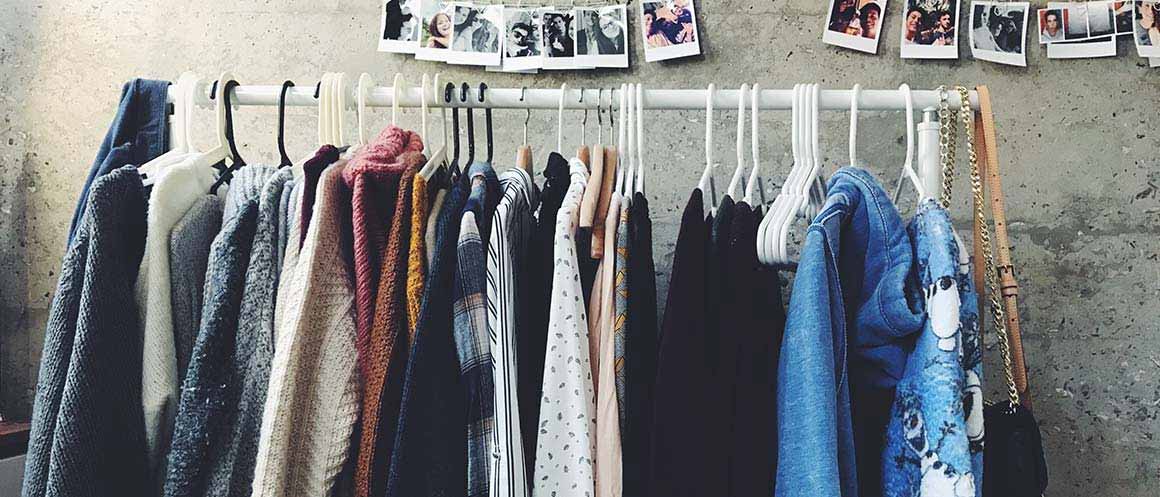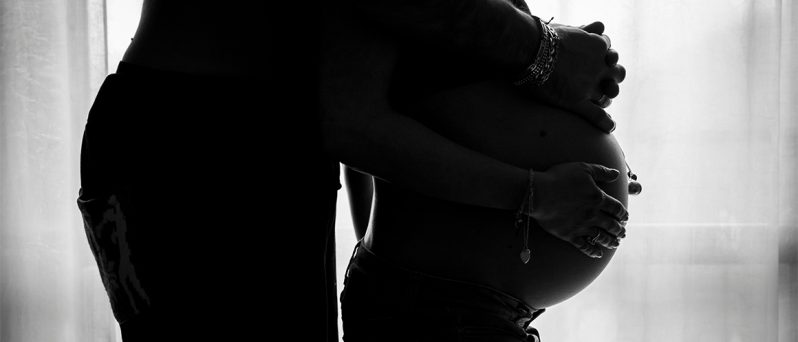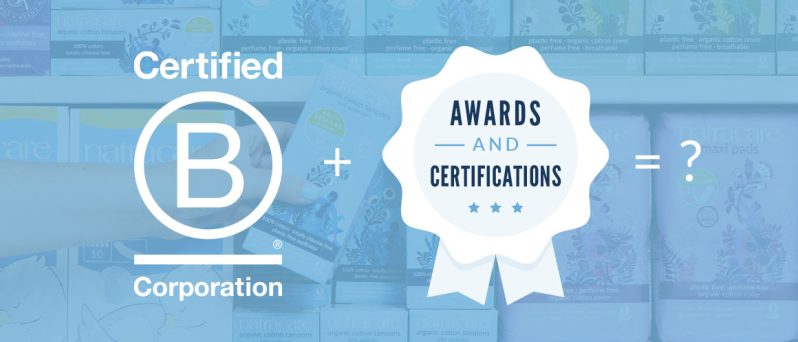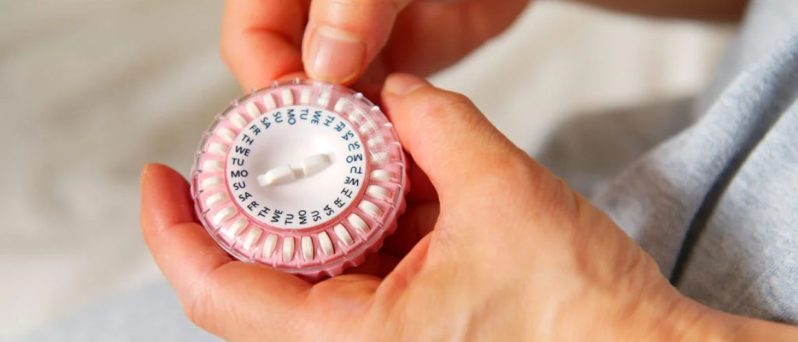Each season brings with it new fashion collections and, with price tags so cheap there’s usually money enough for extras and accessories to keep in with the multitude of trends. Brilliant isn’t it? Or is it?
Something here isn’t right. We need to ask ourselves some questions. How do some stores sell clothes that cheap? And how do they arrive instore so fast? What’s behind the clothes we wear? The factories and people who make the garments? What about all the resources and chemicals used to make them? And what about all the (perfectly fine) old stuff you’ve dumped to make room for these “must have” new items?
Who made my clothes?
From the beginnings of the textile and garment industries in the 19th and 20th centuries, there has been a reliance on low cost workforces. But as workers’ rights laws in UK, US & Europe have rightfully forced companies to pay better wages and improve working conditions companies have sought cheaper labour elsewhere. This has resulted in many manufacturing shifting to lesser economically developed countries they can produce on a larger scale whilst paying much lower wages.
These days, the majority of our clothes are made in poorer countries in Asia, Africa, South America and Eastern Europe. Apart from non-compulsory labels telling us which country the garment was made in, we know very little about the origins of our clothes and fabrics and companies do little to illuminate the consumer on the topic. Believe it or not, it is usual for a single garment to be made up of several parts that come from more than one country before being assembled.
Take a pair of denim jeans, for example, it will have had many people involved in making them. From the cotton growers in the fields, to the mill workers and bleachers, the dyers and weavers, the cutters, machinists, checkers, and finally, packers at the factories!
For people in these countries, jobs in the fashion industry provide steady incomes to support their families and communities, but only as long as they are paid a fair “living wage”. However, many garment workers are paid very little for their work, around 5p/8c an hour, and often have to work around 90 hours a week in unsafe & poor conditions. Cast your mind back to the Rana Plaza disaster in 2013 where a clothes factory in Bangladesh collapsed killing over a 1,000 workers.
Big chain stores and global supermarkets now dominate our shopping streets and malls and are able to place huge volume orders with the textile factories. Because of this buying power, they have influence over the factories that manufacture for them, and are able to apply pressure to reduce their production prices and / or get the job done faster. They could just as easily use this power for social causes and set ethical industry standards as a given.
An example of the effect of the fast fashion industry is Nari, who works at a factory that makes denim jeans in Cambodia. She shares a tiny apartment with seven other girls. Four of the girls sleep on a bamboo bed and the other four sleep on the concrete floor. Nari’s job is to iron jeans. To get this job she had to pay a $50 bribe – a month’s wage and probably enough for one person in Cambodia to live on. However, Nari, like many of the garment workers in Cambodia, also supports her family of six.[1]
This kind of “fast fashion” not only robs young girls of their human rights, but also has a damaging effect on the environment too. The raw materials used to make these clothes have to be taken from the earth somehow, and in order to get them to market faster, many companies do not bother to ensure protections for the environment during the process.
Raw materials which are not responsibly sourced and made from non-renewable sources takes its toll. More environmental damage is created. Habitats are being destroyed and the fertilisers and pesticides are overused, getting into ecosystems and damaging farm worker’s health. Ultimately these chemicals end up in the food chain and get eaten by all of us! For example, did you know that research has found glyphosate is found in 30% of bread and 85% of tampons.
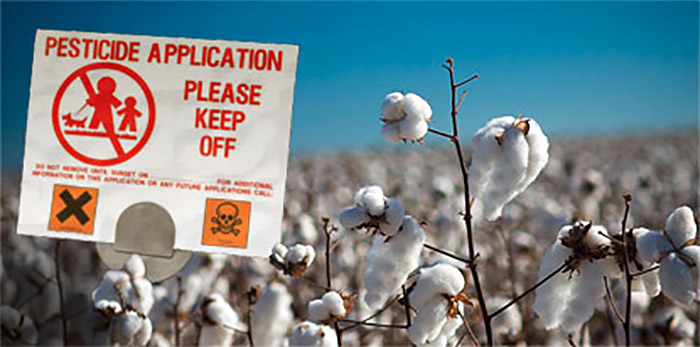
So what can we do?
- Stop and think. Firstly, do you really need more clothes? That new top, or trousers, or latest dress? If you’re actually just looking to reinvigorate a tired wardrobe get creative. Try out customising, swishing or even up-cycling clothes.
- Next time you go shopping and you spot a bargain, take a moment before you rush to the cash register and ask yourself why is this garment so cheap!?
Find out where it was made and ask the salesperson if the workers who made it get paid and treated fairly. You might feel a little shy about doing this at first and there is a good chance that the assistant will not even have a clue! However, if people like you keep asking these important questions, the stores will start to take our concerns more seriously. - Support ECO and Ethical fashion companies who try to ensure workers who produce their clothes are paid and treated fairly. There are many organisations that can tell you more about this such as the Ethical Trade organisation or ecofashionworld.com. The “Made By” label is an independent consumer tag that’s designed to let us see which brands produce their clothes with respect for people and planet.
- Learn more and show your support for ethical fashion campaigns such as the Clean Clothes Campaign, a European group that supports garment workers’ efforts worldwide to improve their working conditions. It has a local platform in each country e.g. in the UK it is Labour Behind the Label.
- Check out Fashion Revolution Week and contact your favourite shops and designers to ask them to be more transparent about their supply chain.
- Labour behind the label
- Clean Clothes
- Made by
- Ethical Trade
- Eco Fashoion World
- [1] Extract from “Where are you Wearing: a Global Tour of the Countries, Factories, & People that Make our Clothes?” by Kelsey Timmerman, published by Wiley, 2008
Sources
